编辑点评:包含了18年12月英语四级的真题word加pdf还有答案和听力
2018年12月大学英语四级考试真题试卷包含了第一套,第二套,第三套的pdf版,word版,还有三套的答案及解析,想要做一做历年真题的,听力部分也附上了音频,高清无水印完全免费下载。

包含的内容
2018年12月四级真题第一套.docx
2018年12月四级真题第二套.docx
2018年12月四级真题第三套.docx
2018年12月份四级(第一套)试题.pdf
2018年12月份四级(第二套)试题.pdf
2018年12月份四级(第三套)试题.pdf
2018年12月份四级(第一套)答案解析.pdf
2018年12月份四级(第二套)答案解析.pdf
2018年12月份四级(第三套)答案解析.pdf
2018年12月四级第一套.m4a
2018年12月四级第二套.m4a
2018年12月四级真题及答案电子版图片
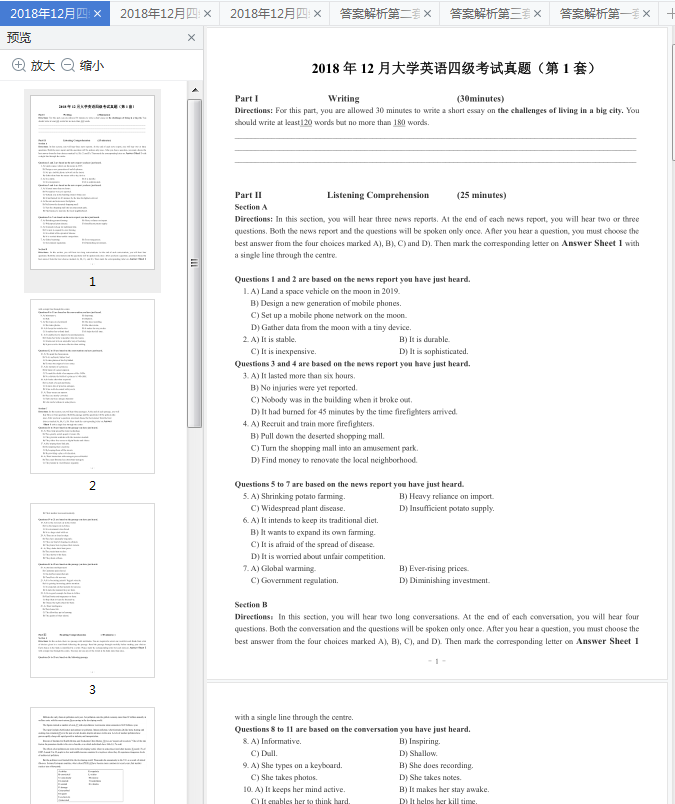
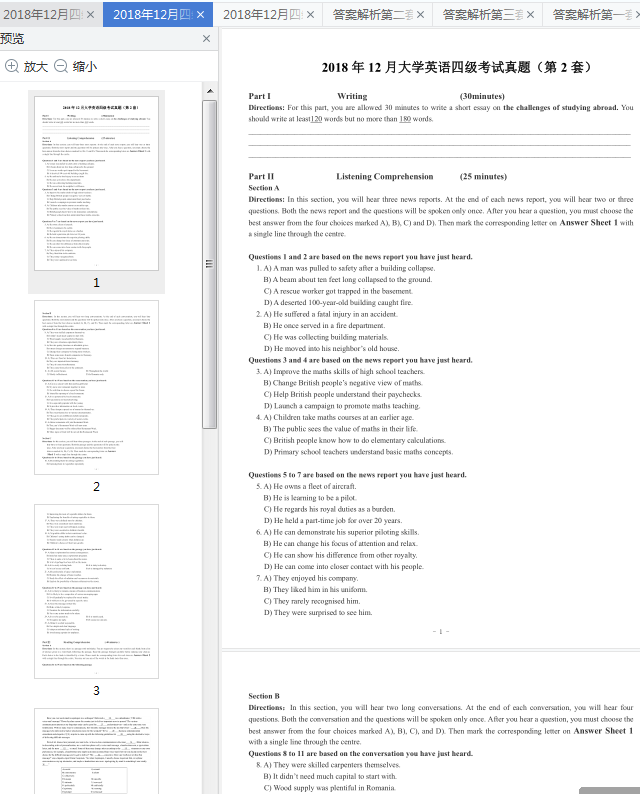
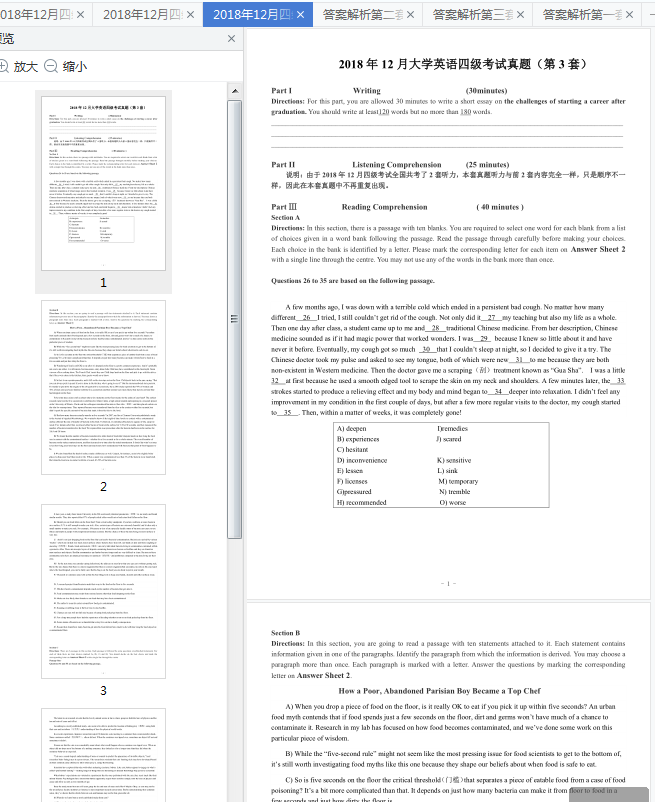
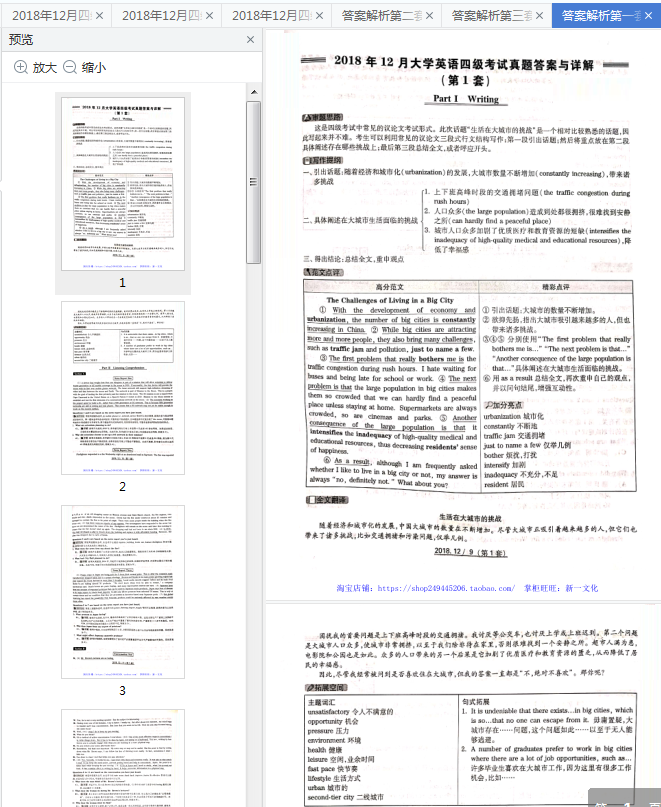


真题预览
说明:由于2018年12月四级考试全国共考了2套听力,本套真题听力与前2套内容完全一样,只是顺序不一样,因此在本套真题中不再重复出现。
Part Ⅲ
Reading Comprehension
( 40 minutes )
Section A
Directions: In this section, there is a passage with ten blanks. You are required to select one word for each blank from a list of choices given in a word bank following the passage. Read the passage through carefully before making your choices. Each choice in the bank is identified by a letter. Please mark the corresponding letter for each item on Answer Sheet 2 with a single line through the centre. You may not use any of the words in the bank more than once.
Questions 26 to 35 are based on the following passage.
A few months ago, I was down with a terrible cold which ended in a persistent bad cough. No matter how many different 26 I tried, I still couldn’t get rid of the cough. Not only did it 27 my teaching but also my life as a whole. Then one day after class, a student came up to me and 28 traditional Chinese medicine. From her description, Chinese medicine sounded as if it had magic power that worked wonders. I was 29 because I knew so little about it and have never it before. Eventually, my cough got so much 30 that I couldn’t sleep at night, so I decided to give it a try. The Chinese doctor took my pulse and asked to see my tongue, both of which were new 31 to me because they are both non-existent in Western medicine. Then the doctor gave me a scraping(刮)treatment known as “Gua Sha”. I was a little 32 at first because he used a smooth edged tool to scrape the skin on my neck and shoulders. A few minutes later, the 33 strokes started to produce a relieving effect and my body and mind began to 34 deeper into relaxation. I didn’t feel any improvement in my condition in the first couple of days, but after a few more regular visits to the doctor, my cough started to 35 . Then, within a matter of weeks, it was completely gone!
A) deepen I)remedies B) experiences J) scared C) hesitant D) inconvenience K) sensitive E) lessen L) sink F) licenses M) temporary G)pressured N) tremble H) recommended O) worse
Section B
Directions: In this section, you are going to read a passage with ten statements attached to it. Each statement contains information given in one of the paragraphs. Identify the paragraph from which the information is derived. You may choose a paragraph more than once. Each paragraph is marked with a letter. Answer the questions by marking the corresponding letter on Answer Sheet 2.
How a Poor, Abandoned Parisian Boy Became a Top Chef
A) When you drop a piece of food on the floor, is it really OK to eat if you pick it up within five seconds? An urban food myth contends that if food spends just a few seconds on the floor, dirt and germs won’t have much of a chance to contaminate it. Research in my lab has focused on how food becomes contaminated, and we’ve done some work on this particular piece of wisdom.
B) While the “five-second rule” might not seem like the most pressing issue for food scientists to get to the bottom of, it’s still worth investigating food myths like this one because they shape our beliefs about when food is safe to eat.
C) So is five seconds on the floor the critical threshold(门槛)that separates a piece of eatable food from a case of food poisoning? It’s a bit more complicated than that. It depends on just how many bacteria can make it from floor to food in a few seconds and just how dirty the floor is.
D) Wondering if food is still OK to eat after it’s dropped on the floor is a pretty common experience. And it’s probably not a new one either. A well-known, but inaccurate, story about Julia Child may have contributed to this food myth. Some viewers of her cooking show, The French Chef, insist they saw Child drop lamb on the floor and pick it up, with the advice that if they were alone in the kitchen, their guests would never know.
E) In fact it was a potato pancake, and it fell on the stovetop, not on the floor. Child put it back in the pan, saying, “But you can always pick it up and if you’re alone in the kitchen, who’s going to see it?” But the misremembered story persists. It’s harder to pin down the origins of the oft-quoted five-second rule, but a 2003 study reported that 70% of women and 56% of men surveyed were familiar with the five-second rule and that women were more likely than men to eat food that had dropped on the floor.
F) So what does science tell us about what a few moments on the floor means for the safety of your food? The earliest research report on the five-second rule is attributed to Jillian Clarke, a high school student participating in a research project at the University of Illinois. Clarke and her colleagues introduced bacteria to floor tiles(瓷砖)and then placed cookies on the tiles for varying times. They reported bacteria were transferred from the tiles to the cookies within five seconds, but didn’t report the specific amount of bacteria that made it from the tiles to the food.
G) But how many bacteria actually transfer in five seconds? In 2007, my lab at Clemson University published a study in the Journal of Applied Microbiology. We wanted to know if the length of time food is in contact with a contaminated surface affected the rate of transfer of bacteria to the food. To find out, we introduced bacteria to squares of tile, carpet or wood. Five minutes after that, we placed either bacon or bread on the surface for 5,30 or 60 seconds, and then measured the number of bacteria transferred to the food. We repeated this exact procedure after the bacteria had been on the surface for 2,4,8 and 24 hours.
H) We found that the number of bacteria transferred to either kind of food didn’t depend much on how long the food was in contact with the contaminated surface—whether for a few seconds or for a whole minute. The overall number of bacteria on the surface mattered more, and this decreased over time after the initial introduction. It looks like what’s at issue is less how long your food stays on the floor and much more how contaminated with bacteria that patch of floor happens to be.
I) We also found that the kind of surface made a difference as well. Carpets, for instance, seem to be slightly better places to drop your food than wood or tile. When a carpet was contaminated, less than 1% of the bacteria were transferred. But when the food was in contact with tile or wood, 45-70% of bacteria were.
J) Last year, a study from Aston University in the UK used nearly identical parameters(参数)to our study and found similar results. They also reported that 87% of people asked either would eat or had eaten food fallen on the floor.
K) Should you eat food fallen on the floor then? From a food safety standpoint, if you have millions or more bacteria on a surface, 0.1% is still enough to make you sick. Also, certain types of bacteria are extremely harmful, and it takes only a small number to make you sick. For example, 10 bacteria or less of an especially deadly strain of bacteria can cause severe illness and death in people with compromised immune systems. But the chance of these bacteria being on most surfaces is very low.
L)And it’s not just dropping food on the floor that can lead to bacterial contamination. Bacteria are carried by various “media”, which can include raw food, moist surfaces where bacteria have been left, our hands or skin and from coughing or sneezing(打喷嚏). Hands, foods and utensils(器皿)can carry individual bacteria living in communities contained within a protective film. These microscopic layers of deposits containing bacteria are known as biofilms and they are found on most surfaces and objects. Biofilm communities can harbor bacteria longer and are very difficult to clean. Becteria in these communities also have an enhanced resistance to sanitizers(清洁剂)and antibiotics compared to bacteria living on their own.
M)So the next time you consider eating fallen food, the odds are in your favor that you can eat it without getting sick. But in the rare chance that there is a micro-organism that there is a micro-organism that can make you sick on the exact spot where the food dropped, you can be fairly sure that the bug is on the food you are about to put in your mouth.
N)Research or common sense tells us that the best thing to do is keep your hands, utensils and other surfaces clean.
36. A research project found bacteria made their way to the food on the floor in five seconds.
37. Whether food is contaminated depends much on the number of bacteria that get onto it.
38. Food contamination may result from various factors other than food dropping on the floor.
39. Males are less likely than females to eat food that may have been contaminated.
40. The author’s research centers around how food gets contaminated.
41. Keeping everything clean is the best way to stay healthy.
42. Chances are you will not fall sick because of eating food picked up from the floor.
43. For a long time people have had the experience of deciding whether or not to eat food picked up from the floor.
44. Some strains of bacteria are so harmful that a tiny few can have deadly consequences.
45. Researchers found how many bacteria got onto the food did not have much to do with how long the food stayed on a contaminated floor.
Section C
Directions: There are 2 passages in this section. Each passage is followed by some questions or unfinished statements. For each of them there are four choices marked A), B), C) and D). You should decide on the best choice and mark the corresponding letter on Answer Sheet 2 with a single line through the centre.
Passage One
Questions 46 and 50 are based on the following passage.
The latest in cat research reveals that the lovely animal seems to have a basic grasp on both the laws of physics and the ins and outs of cause and effect.
According to a newly published study, cats seem to be able to predict the location of hiding prey(猎物)using both their ears and an inborn(天生的)understanding of how the physical world works.
In a recent experiment, Japanese researchers taped 30 domestic cats reacting to a container that a team member shook. Some containers rattled(发出响声);others did not. When the container was tipped over, sometimes an object fell out and sometimes it didn’t.
It turns out that the cats were remarkably smart about what would happen when a container was tipped over. When an object did not drop out of the bottom of a rattling container, they looked at it for a longer time than they did when the container behaved as expected.
“Cats use a causal-logical understanding of noise or sounds to predict the appearance of invisible objects,” lead researcher Saho Takagi says in a press release. The researchers conclude that cats’ hunting style may have developed based on their common-sense abilities to infer where prey is, using their hearing.
Scientists have explored this idea with other endearing creatures: babies. Like cats, babies appear to engage in what’s called “preferential looking”—looking longer at things that are interesting or unusual than things they perceive as normal.
When babies’ expectations are violated in experiments like the ones performed with the cats, they react much like their animal friends. Psychologists have shown that babies apparently expect their world to comply with the laws of physics and cause and effect as early as two months of age.
Does the study mean that cats will soon grasp the ins and outs of cause and effect? Maybe. Okay, so cats may not be the next physics faculty members at America’s most important research universities. But by demonstrating their common sense, they’ve shown that the divide between cats and humans may not be that great after all.
46.What do we learn from a newly published study about cats?
A) They can be trained to understand the physical world.
B) They know what kind of prey might be easier to hunt.
C) They have a natural ability to locate animals they hunt.
D) They are capable of telling which way their prey flees.
47. What may account for the cats’ response to the noise from the containers?
A) Their inborn sensitivity to noise.
B) Their unusual sense of direction.
C) Their special ability to perceive.
D) Their mastery of cause and effect.
48. What is characteristic of the way cats hunt, according to the Japanese researchers?
A) They depend on their instincts.C) They wait some time before attack.
B)They rely mainly on their hearing.D) They use both their ears and eyes.
49. In what way do babies behave like cats?
A) They focus on what appears odd.
B) They view the world as normal.
C) They do what they prefer to do.
D) They are curious about everything.
英语四级学习方法
1、收听英语气象报告
2.善用录音带锻炼听说能力
3.听正常语速的英语,才能加速听力的进步
4.从电视,电影中学习英语
5.和朋友表演影片情节
6.唱歌学英语 特别注意英文没有的发音
7.背诵名人演说词,找机会复诵出来
8.用英语绕口令克服发音的缺点
9.多记一些幽默笑话,准备随时应用
10.听英语时,口中跟着复诵
11.练习朗读,好处多多
12.练习朗读时要从后面往前推演
13.朗读长句时,可在“词组”之间稍做停顿
14.为了兴趣而阅读
15.精读和泛读并行
16.阅读英文报刊杂志
17.暂时忘掉字典
18.查字典之前,要猜猜看
19.查字典不要只看词义
20.多查几本字典,互相印证,互为补充
21.读的出,才能记得牢
22.字典查过之后,暂时别合起来
23.要培养英语的语感,请用英英字典
24.利用前缀和后缀扩充词汇
25.留心英文的词汇搭配
26.把被动词汇转变为主动词汇
27.用自由联想法复习学过的单词
28.利用生活中的小插曲或社会上的偶发事件学习英文
29.累积实用的佳句,整理制作成卡片
30.把当天发生的事情,用英语写成日记
31.用英文写阅读摘要
32.把生活体验写成英文作文,或做口头发表
33.随时用英文思考,用英文记录
34.不必对自己苛求完美
35.发挥创意,多做尝试
考试方面的学习建议:听力: 听力部分是在考试里面最容易拿分数的部分。最开始的时候,我连听voa special english都很困难。我的方法是:一个sp要听4-5次,把里面不懂的英语单词的发音,含义全部搞清楚,然后每天坚持2个小时的听力训练,狂攻sp。如果没事,就拿一个MP3吊耳朵,让自己慢慢习惯英语语境。2个月后,我听了一盘四级英语考试磁带,发现自己原来根本听不明白的东西变的简单了。所以还是绝对值得的。
2:单词 这是一个老生常谈的话题,大家知道,单词是英语的础,没有单词,就好象建大厦没有砖头,只能幻想空中楼阁。但是被单词又被大家认为是最难,最枯燥的事情。基础好的朋友可以通过阅读学单词,但是对基础不好的,这点根本行不通。整篇文章都看不太明白,还谈什么学单词呢?既然咱们现在水平不行,就要拿出比别人更的努力。我背单词的草稿纸已经放满了一个大箱子。 大家肯定有这种经验,前不久背了的单词,很快就忘记了,那么该怎么办呢?我当时是每天固定背30-40个左右的单词,第二天复习前一天的单词,然后每个礼拜天,花1小时把一个礼拜的单词复习一下,每一个月又花几个小时把一个月的单词复习一次。不懂的单词全部记下来。
3:阅读 阅读在我看来,就是通过增加阅读量,提高阅读速度,掌握一定的阅读技巧。 最开始的时候,因为基础比较差,太难的文章肯定不适合基础差的朋友。先可以看一些"书虫"(高中水平)一类的改编小说,练练感觉。当单词量积累到一定程度以后,就可以正式开始提高阅读水平了。把题里的句子、单词都弄明白,并且对其中的难句做一定的分析,特别是语法结构。这里有一个问题:最开始你做题目的时候准确率会很低,千万别灰心,坚持下去,从每一篇阅读里面吸取精华,很快就会发现:阅读真的没那么可怕。
4:作文 这里我记得一个提高班的英语老师说过的一句话:读书破万卷,下笔如有神。作文一个字:背!如果你背了很多很多范文,作文不会低分的。但是我建议在背的同时,可以用一个小本子,把一些很精彩的句子抄下来,经常看看,并举一反三。同样一个句子,用在不同的地方,会有不同的效果最后:要对自己有信心,相信自己,付诸努力,坚持下来,你一定能行
答案补充
1.外籍教师说:每天听半小时英语,培养语感(注意,是无意识地听),我们小时候也是这样才学会说话的。你可以在休闲中播,但只可以是半小时!
2.抄得多自然熟,知识点抄抄抄。
3.设立错题本(非常有效),把错的答案,为什么错,列出来
4.要对英语充满兴趣,细细体味英语中的词语表达精妙之处。
5.我跟你说!你每天要看以两段文字,如果没有时间,那就考试前一个星期每天看两篇!这样可以保持考试的阅读速度!
6.抄的单词本你们要复习啊!
7.找一个外国歌手做你的偶像,把他(她)的歌听完全 .8.多看中英对照文章,这样对你的翻译语感非常有帮助.


 黄冈历年中考物理试卷及答案解析2007-2020年整合版
黄冈历年中考物理试卷及答案解析2007-2020年整合版 黄冈市中考化学试卷2012-2020年整合版
黄冈市中考化学试卷2012-2020年整合版 黄冈中考英语试卷及答案2007-2020整合word版
黄冈中考英语试卷及答案2007-2020整合word版 黄冈数学中考试卷及答案2011-2020年整合版
黄冈数学中考试卷及答案2011-2020年整合版 计算机毕业设计:ASP语言设计完整版
计算机毕业设计:ASP语言设计完整版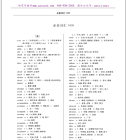 专插本英语词汇必备3400pdf
专插本英语词汇必备3400pdf 化妆品行业2021年投资策略报告pdf免费版
化妆品行业2021年投资策略报告pdf免费版 2020全国中考英语真题试卷及答案解析整合版
2020全国中考英语真题试卷及答案解析整合版 2020全国中考数学真题试卷及答案解析汇总大全
2020全国中考数学真题试卷及答案解析汇总大全 2020全国中考语文真题及解析汇总整合版免费版
2020全国中考语文真题及解析汇总整合版免费版








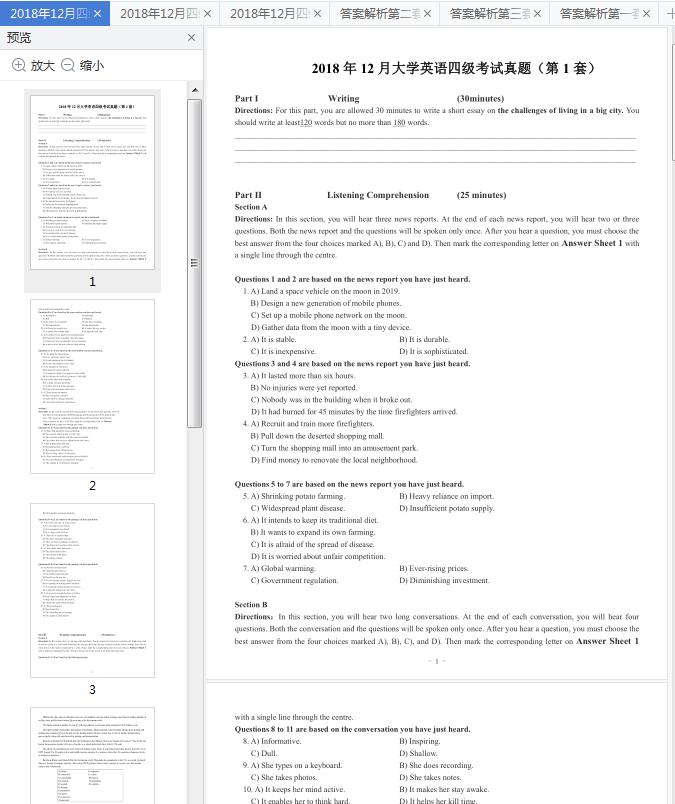
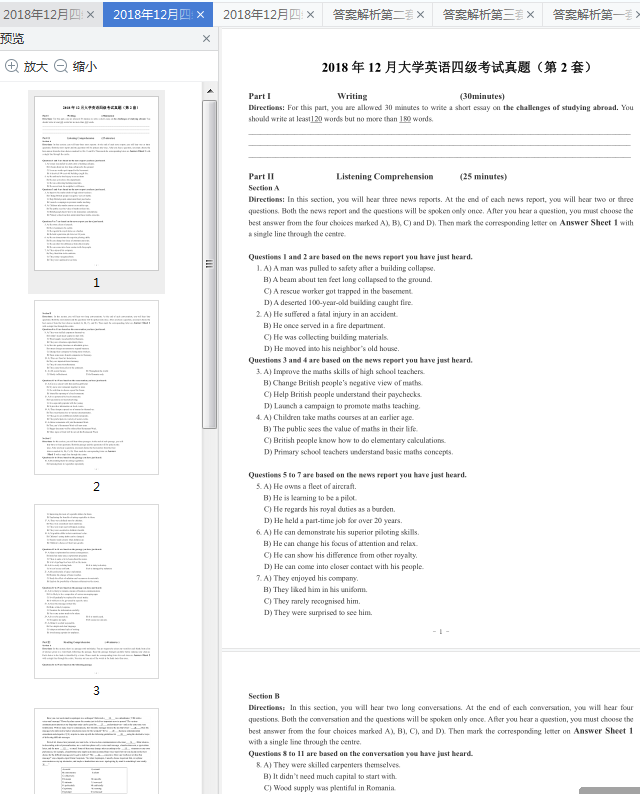
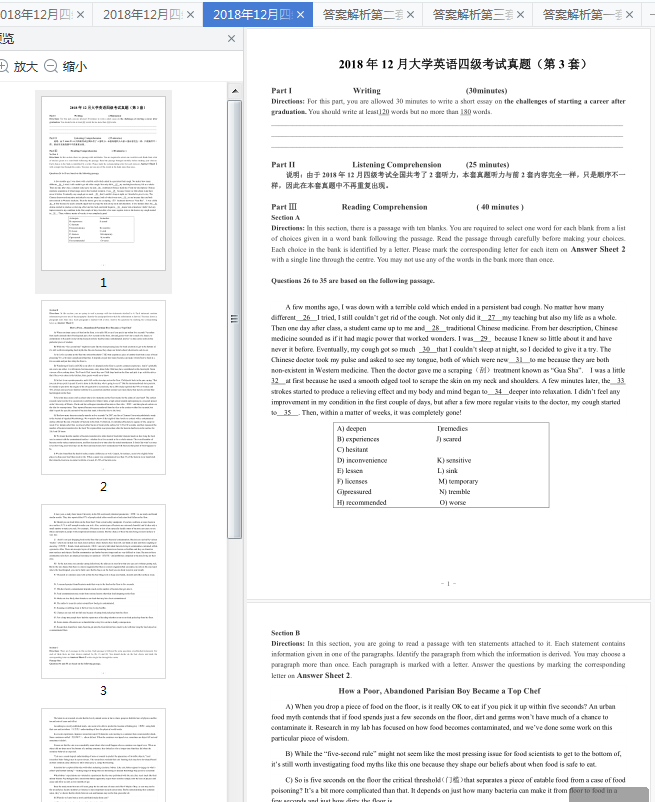

 黄冈历年中考试题及答案解析2012-2020年语文试卷word无水印版
黄冈历年中考试题及答案解析2012-2020年语文试卷word无水印版 2020全国中考物理真题及答案解析合集免费版
2020全国中考物理真题及答案解析合集免费版 数学物理方程讲义完整版1-5讲电子版pdf高清无水印版
数学物理方程讲义完整版1-5讲电子版pdf高清无水印版 2021各科中考总复习专题知识要点pdf整合版
2021各科中考总复习专题知识要点pdf整合版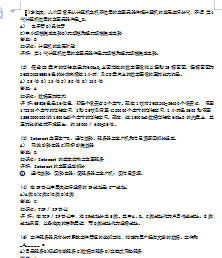 计算机三级网络题库及答案免费分享完整版
计算机三级网络题库及答案免费分享完整版 2021年新高考数学名校地市必刷题合集word版新高考专用版
2021年新高考数学名校地市必刷题合集word版新高考专用版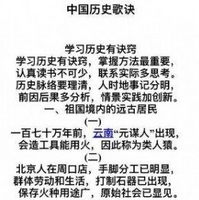 高考历史必背知识点归纳2021整理版完整版
高考历史必背知识点归纳2021整理版完整版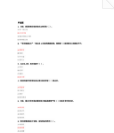 金融学网考试题及答案world版高清无水印
金融学网考试题及答案world版高清无水印 《学会宽容-善待他人》演讲稿300字world版docx5篇完整版
《学会宽容-善待他人》演讲稿300字world版docx5篇完整版 高考政治真题分项详解16套专题pdf完整版
高考政治真题分项详解16套专题pdf完整版 2021年高考英语一轮复习单元滚动双测卷人教版免费版
2021年高考英语一轮复习单元滚动双测卷人教版免费版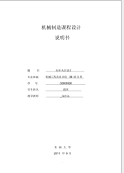 机械制造工艺设计杠杆(一)docx+pdf免费下载完整版
机械制造工艺设计杠杆(一)docx+pdf免费下载完整版 大小: 166.4M
大小: 166.4M

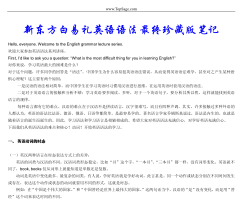
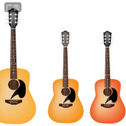


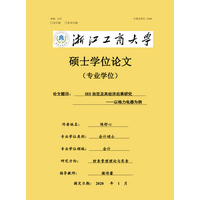





 中考复习资料大全
中考复习资料大全 新高考复习资料合集
新高考复习资料合集 三年级复习资料合集
三年级复习资料合集 二级建造师考试资料大全
二级建造师考试资料大全 数学题库文档
数学题库文档 高考生物五三A电子版免费版
高考生物五三A电子版免费版
 2021新高考数学一轮复习真题和模拟题汇编pdf免费下载
2021新高考数学一轮复习真题和模拟题汇编pdf免费下载
 2021年高考生物一轮复习考点(55份)world版
2021年高考生物一轮复习考点(55份)world版
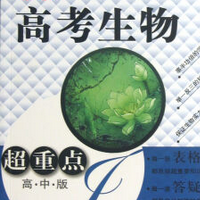 2021新高考生物课后限时集训1~42整合版免费版
2021新高考生物课后限时集训1~42整合版免费版
 2021届高三上学期期中考试生物试题(含答案)
2021届高三上学期期中考试生物试题(含答案)
热门评论
最新评论